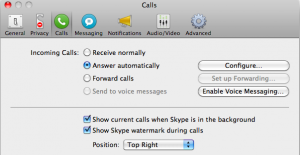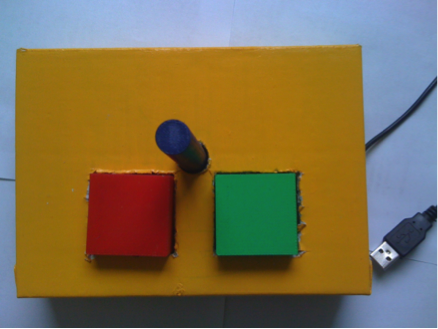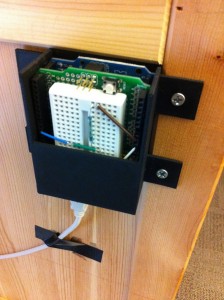There has been a rich tradition in ethnography of gaining access to certain communities by using family connections (e.g., the famous Addler & Addler studies of schoolyard dynamics). Similarly, in the design of family communication technologies, it is not unusual for researchers to test new communication technologies with their own families (e.g., Hermes@Home by Saslis-Lagoudakis, Cheverst, Dix, Fitton, & Rouncefield).
Recently, at the “Technology for Today’s Family” workshop we discussed the possibilities of auto-biographical research in this domain. The appeal is clear: it solves the problem of finding willing families, it allows for longer deployments, it allows for ongoing debugging, and it allows access to the kind of data that would otherwise be impossible to get. However, how should such a study be reported? What is the possible role of investigations conducted in the researcher’s home?
In both of the examples from the first paragraph, the researchers revealed their relationship to the participants of the study. However, several recent studies in this domain (3 different that I am aware of) have left this information undisclosed. This never seemed malicious or purposefully misleading. Corresponding with these authors, they mentioned two major classes of reasons for not disclosing relationships to participants:
- It is common in HCI to use participants you know (e.g., other students in your lab) and not reveal those relationships. It is up to the researcher to decide whether using known participants affected the study results. If the estimate is that it didn’t, there is no need to waste precious paper space disclosing relationships.
- In general, participants in HCI studies are presented in an anonymous fashion. Articulating a relationship to the author would break this anonymity (since we don’t publish anonymously). Shouldn’t members of the researchers’ family receive the same protection as other participants?
I will not disclose the actual papers because I respect the anonymity of others’ families. But, I think this is an important question for us to decide as a community moving forward. Here are three proposed directions for moving forward:
- It’s fine as it is now. There are big advantages to the access that can be gained by doing research with our own families, and disclosing relationships to participants should be up to the researcher’s discretion.
- Familial relationships to participants should always be disclosed and implications discusses in the paper. The price of doing research with one’s own family is the loss of their anonymity. The researcher should make sure all family participants consent to their relationships to the author appearing in the paper.
- We shouldn’t do research with our own families at all. We run into the risk of designing more for families that are like our own, losing out on the chance to hear from other types of families.
I would really like to hear the opinions of others on this topic. What do you think would be the most reasonable approach to take?





